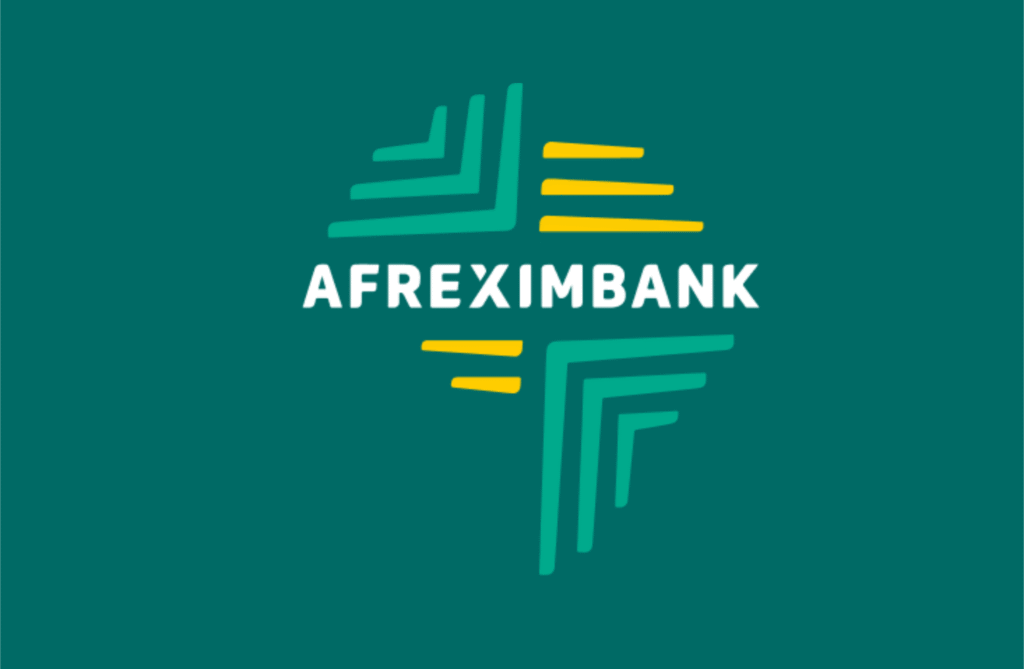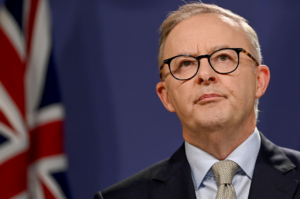Afreximbank Posts Steady Nine-Month Growth as Africa Navigates Political Shifts and Global Uncertainty

In CAIRO, Egypt, the African Export-Import Bank (Afreximbank) has reported another period of steady growth, delivering what it describes as a robust-satisfactory performance for the nine months ending 30 September 2025. The results, released this week, emphasize the role of one of the continent’s most important financial institutions at a time when African businesses and governments continue to navigate volatile global markets.
The Group’s total assets and contingencies grew by 6.98 percent to US$42.9 billion, up from US$40.1 billion at the end of 2024. Executives say, it is a long-term growth trend, built on cautious lending, diversified fundraising with a mandate that is increasingly tied to Africa’s development ambitions. Driving liquidity strength even as lending moderates.
Net loans and advances plunged to US$28.0 billion, down from US$29.0 billion in 2024. But the decline, which is far from beckoning weaker demand, was fueled by unscheduled early repayments as commodity-exporting clients, particularly in energy and minerals, benefited from stronger cash flows and improved foreign-currency earnings this year.
With respect to the African families whose livelihoods depend heavily on commodity cycles, these improved cash flows often translate into more stable household income and better home-front economy against inflationary pressure. Yet, in many commodity-dependent economies, higher prices have also rekindled debates about whether gains at the top filter meaningfully to ordinary citizens.
The Bank’s asset quality remained solid, with non-performing loans at 2.51%, only slightly higher than 2.33% last year, well below the ratios seen in many emerging markets.
Where Afreximbank surprised the market most was liquidity. Cash and cash equivalents surged to US$7.6 billion, a sharp rise from US$4.6 billion in 2024. This was driven by renewed investor confidence and targeted fundraising, giving the Bank room to support upcoming disbursements, including trade-support programs and industrialisation initiatives that aim to reduce Africa’s reliance on imports. As for most governments facing financing crunches and families battling elevated costs of living, the Bank’s liquidity buffer shows capacity to sustain support even if global conditions deteriorate.

Capital position strengthens in the midst of wider social expectations. Shareholders’ funds climbed to US$7.7 billion, bolstered by US$654.3 million in internally generated profits, and US$224.9 million in fresh equity under the General Capital Increase II program. The figures reflect investors’ confidence, powering broader regional expectation that Afreximbank must play a growing role in stabilising African economies, as geopolitical tensions reshape global trade patterns.
In many African cities, business owners such as manufacturers/small retailers, have increasingly looked to regional institutions such as Afreximbank to fill financing gaps. Some SMEs that employ a significant proportion of Africa’s youth population, their access to credit directly support job stability to influence household welfare.
At the community level, stronger development financing often means better transport links, expanded healthcare infrastructure, and new opportunities for cross-border commerce—particularly important for families living near regional trade corridors.
Despite declining global benchmark rates, Afreximbank posted US$2.4 billion in gross income, up slightly from US$2.3 billion in the same period last year. Operating income rose 5.24 percent to US$1.44 billion, while the cost-to-income ratio, which is an indicator of operational efficiency, remained comfortably below at 21%. Net income rose to US$654.3 million, up from US$642.2 million a year earlier. Though returns on equity and assets declined modestly. Nonetheless, analysts noted that Afreximbank’s returns remain strong, comparative to global development finance institutions.
Moreover, these results carry political weight. As African countries push ahead with the African Continental Free Trade Area (AfCFTA), institutions like Afreximbank are seen as critical enablers of the continent’s long-term integration. Stable earnings and strong capitalization provide assurance that the bank can continue funding trade facilitation, manufacturing zones, cross-border payment systems, etc., to help knit African economies together.
Senior Executive Vice President Denys Denya said the performance reflects “resilience in the midst of persistent geopolitical tensions, global uncertainty and tight financial conditions”. He added that the Bank’s strong liquidity and capital base will support expanded lending, reinforcing its development mandate under its Sixth Strategic Plan.
Afreximbank’s results shines light on the greater story – the Africa’s ongoing attempt to balance domestic pressures like rising youth unemployment, currency volatility, public sector financing needs, realigning global alliances, and fragmented supply chains.
As Afreximbank positions itself for the final quarter of 2025, its performance will remain closely watched by investors, policymakers and millions of African, whose economic prospects are tied to the stability and growth of the region’s financial institutions.






